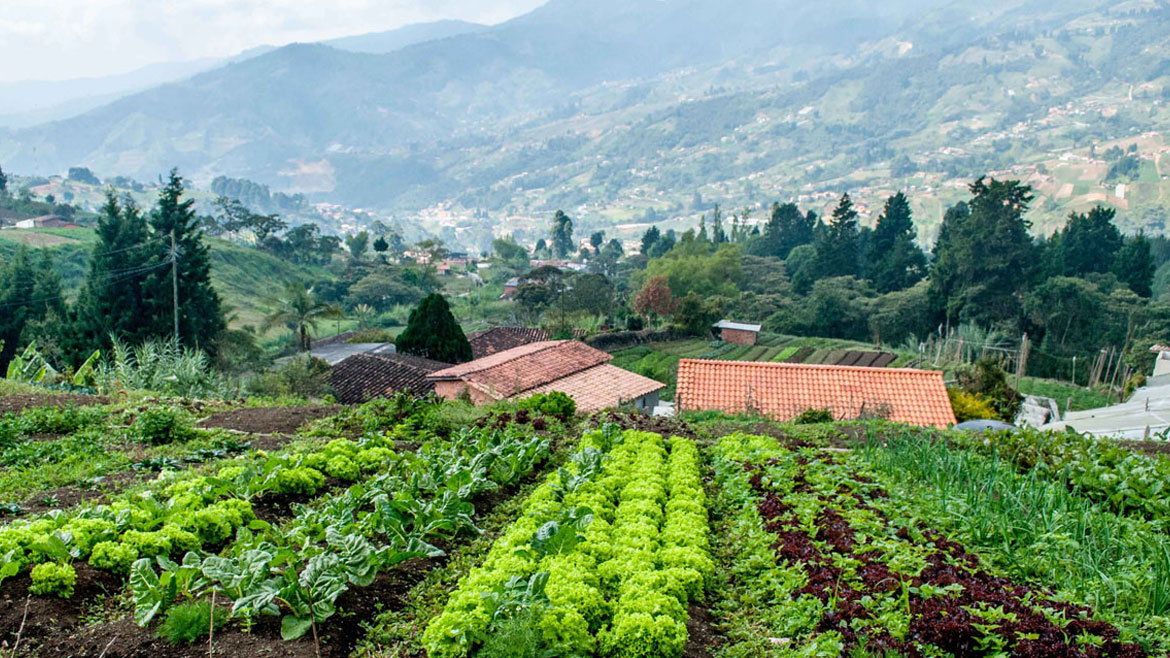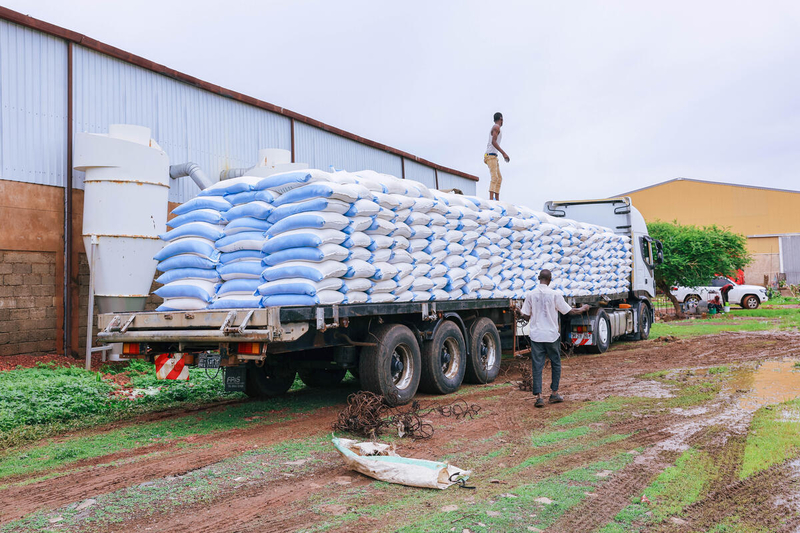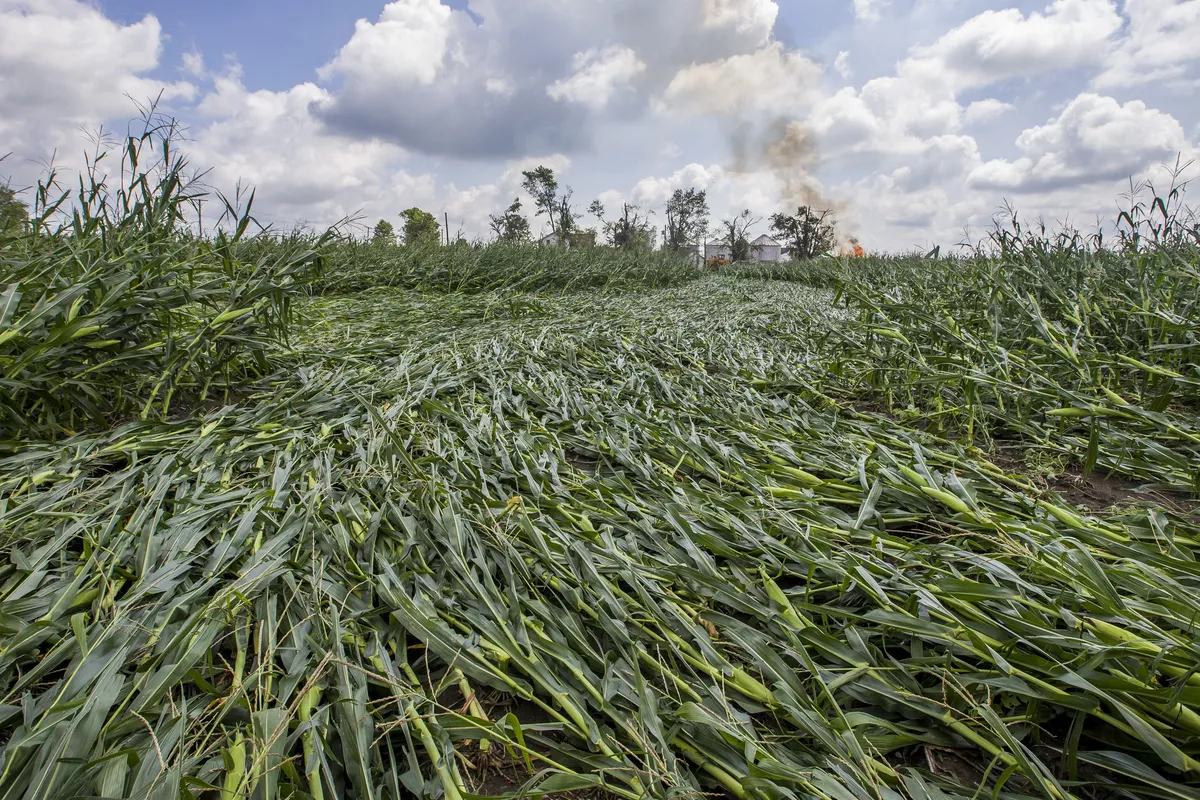Colombia is rapidly emerging as an attractive destination for international agricultural innovation. With the help of Dutch technology, the country has made remarkable progress—achieving yield increases of up to 142% in certain crops. These results strengthen Colombia's position as a rising agrifood powerhouse in Latin America.
Thanks to its strategic geographic location, 26 million hectares of available farmland, and favorable climate, Colombia plays a key role in global agriculture. According to data from DANE (Colombia's National Statistics Department), the country's GDP grew by 2.1% in the second quarter of 2025 compared to the same period in 2024, while the agricultural sector alone expanded by 3.8%, making it the second fastest-growing sector in the economy.
With this strong foundation, Colombia is welcoming international innovation and solutions that can boost productivity and help consolidate its leadership in agriculture. In this journey, the Netherlands and Colombia have become key partners—not only through cooperation programs, but also through the presence of Dutch companies transferring knowledge and technology to local producers.
In 2024, the Netherlands exported €128.9 billion worth of agricultural products, maintaining its position as the world's second-largest agricultural exporter. The country is also globally recognized for its expertise in high-tech greenhouse systems and advanced agricultural research.
A great example of Dutch innovation taking root in Colombia is Amstel Agro, a Dutch company that develops silicon-based fertilizers.
"We develop our fertilizers in the Netherlands and brought them to Colombia because we expected the climate there to be ideal," explains agricultural engineer Daicy Mendoza from Amstel Agro. "And indeed, we achieved excellent results."
After Amstel Agro entered the Colombian market, local growers began seeing substantial yield increases: up to 142% in mango, 35% in corn, and 23% in rice.
"The results we achieved in Colombia, even with export crops, gave us a real boost and opened doors to new opportunities across other Latin American countries," Mendoza adds.
Colombia has positioned itself as an appealing market in Latin America, with a GDP growth forecast of 3%, according to the World Bank. This makes it the third fastest-growing economy in the region, after Argentina and Paraguay.
With a population of 52 million, Colombia offers a strategic location with access to both the Atlantic and Pacific Oceans, fertile soils, favorable climates, and a well-educated workforce. The country's El Dorado Airport in Bogotá was recently named number one in Latin America and the Caribbean for passenger numbers, cargo volume, and aircraft movements, according to the Airport Council International (ACI-LAC).
"While Colombia offers tremendous opportunities, entering a new market always comes with challenges and uncertainties. In our case, the support from the Dutch-Colombian Chamber of Commerce, Holland House Colombia, and their network of contacts was crucial. They helped us overcome obstacles, find solutions, and fine-tune our market strategy," says Mendoza.
Holland House Colombia was founded over 12 years ago by the Dutch government to strengthen bilateral relations and serve as a bridge between businesses from both countries.
Cooperation between countries
The value of the partnership between Colombia and the Netherlands goes beyond simply introducing new products. It's about building trust, sharing innovation, and working together toward a more sustainable agricultural future. For Colombia, it means direct access to cutting-edge technology and expertise. For the Netherlands, it's an opportunity to scale up proven solutions in a growing market—creating lasting impact across the region.
Source - https://www.floraldaily.com













